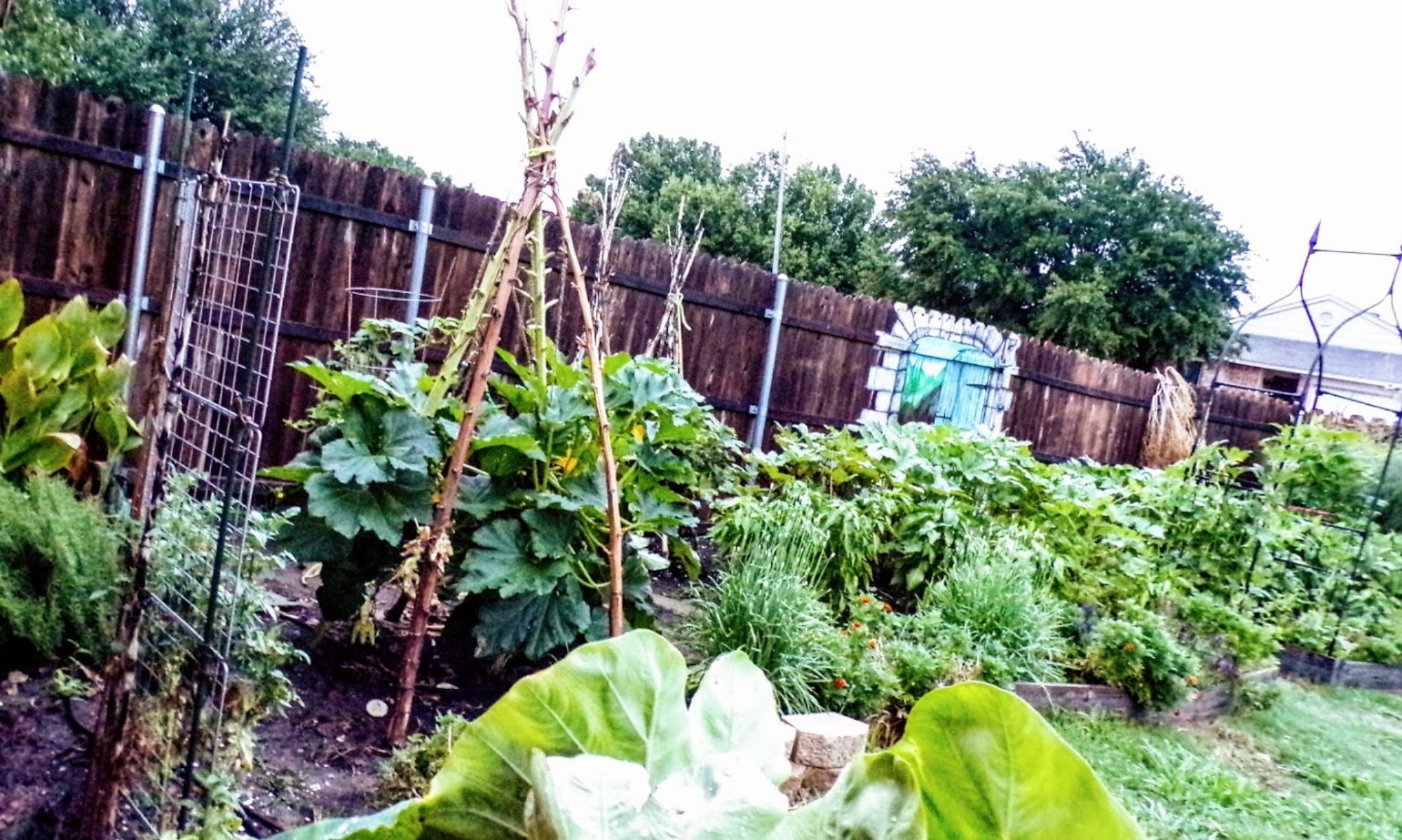About Echinacea
One of the coolest flowers! There is just something special about this beautiful perennial that shows up in spring on long stems with petals of pink or yellow surrounding a bright orange spiky center. My opinion is not singular either! Anyone “asking Google” will find an intriguing history surrounding this herbaceous plant; and, as you can see from the photo it’s loved by bees and birds alike. So if you’re looking for a pollinating powerhouse or a way to feed those birds you long to bring to you’re yard or gardens echinacea is the plant for you!
Echinacea, also known as cone flower, pink sunflower, hedgehog and several other common names, originates from eastern and central North America growing wild in prairies and wooded areas. It is known for its pink flowers; however, you can also find them in yellow, white and several new hybrid colors ranging from red to burgundy and even green.
How to Grow
One of the neat things about echinacea is that it is a perennial so it can be divided and grown from existing roots (should be at least three before doing this) and also grown from its seeds like annuals. It is not an argumentative plant and will accommodate most soils but does prefer rich well drained soil and full sun defined as six hours per day.
If planting from seed, echinacea produces its best flowers after a winter sleep. This means they need stratification and should be planted in the fall to naturally take advantage of the cold wet conditions needed for the best germination. If your in an area that does not allow natural stratification, or are attempting to seed in spring:
- Soak the seeds in water for a few hours
- Plant them in small seed starting pots and close them in a sealable bag
- Place the bag in the refrigerator up to 10 days checking regularly to ensure they have retained moisture.
- Once sprouted you can remove them from the refrigerator and move them to the place you wish to plant them.
- If it is late in the summer season, keep your seedlings in an area that is slightly shaded for a few days to acclimate them to the new temperatures gradually moving them over a few days time.
Tips:
These beauties do love full sun however in extremely hot climates with high temperatures for long periods of time they will burn and wilt. To avoid this know your areas and if you’re in one of our hot southern states choose a location that offers them shade in the hotter hours of the day.
If you’re leaving the flowers on to dry for birds or seed propagation cut the stems back to the base as soon as they have dried. This will enable a new surge of flowers for the fall.
Characteristics:
- Height: 12 to 36 inches tall
- Width: 12 to 24 inches
- Zone: 3 to 8; can be grown in zones 9 and 10 however should be treated as an annual using stratification to ensure proper germination each season.
- Maturity: 90-120 days
Common Names
- American Coneflower
- Coneflower
- Pink Sun Flower
- Pale Coneflower
- Purple Coneflower
- Echinacea Angustifolia
- Hedgehog
- Indian Head
- Kansas Snakeroot
- Narrow-Leaved Purple Cone Flower



Love!
Very Beautiful aren’t they?:)